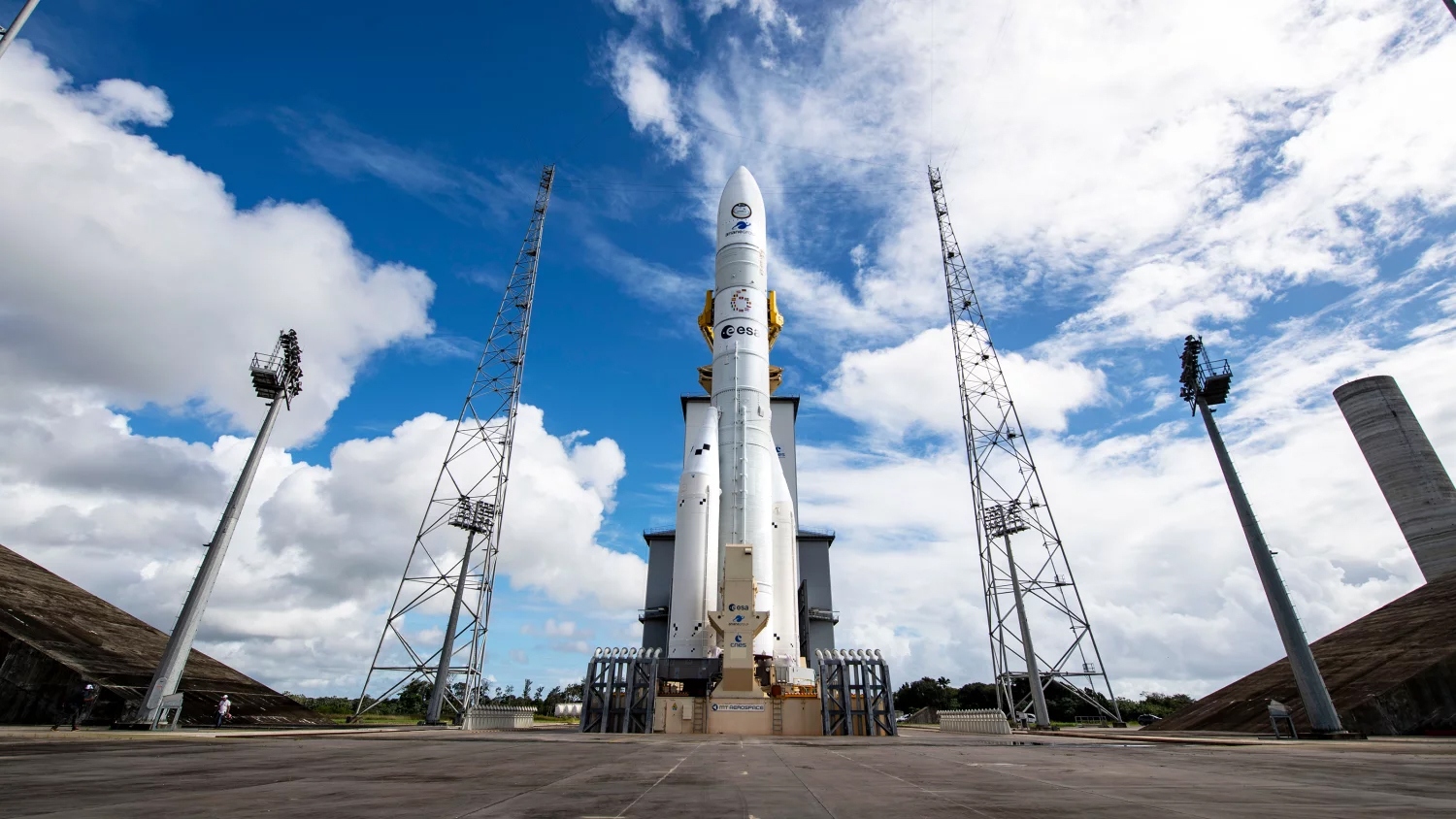Comments
- No comments found

Europe's latest space endeavor, the Ariane-6 rocket, is set to make its highly anticipated inaugural flight.
Developed at a cost of €4 billion (£3.4 billion), the Ariane-6 is poised to become a key player in providing independent access to space for European governments and companies. The debut mission will launch from French Guiana, aiming to deploy a collection of satellites into orbit. Despite some concerns about its expendable design in a market moving towards reusable technology, European space officials are confident in Ariane-6’s ability to secure a niche in the competitive launch industry.
Josef Aschbacher, Director-General of the European Space Agency (ESA), highlighted the critical role of Ariane-6 in ensuring Europe's autonomous access to space. "Daily life today really depends on information from satellites, from telecommunications and Earth observation to weather forecasting and disaster management," Aschbacher noted. "It is unimaginable for Europe not to have guaranteed, independent access to space."
The launch is scheduled to occur during a four-hour window starting at 15:00 local time (20:00 CEST; 19:00 BST) from the Kourou spaceport.
On the surface, Ariane-6 may resemble its predecessor, Ariane-5, but it boasts significant advancements in manufacturing techniques. These include 3D printing, friction stir welding, and augmented reality design, all of which contribute to faster and more cost-effective production. Ariane-6 will be available in two configurations: the "62" model with two solid-fuel side boosters for medium payloads and the "64" model with four boosters for the heaviest satellites.
The rocket's core stage is supplemented by a second, or upper, stage designed to place payloads precisely into orbit. This stage can be stopped and restarted multiple times, a feature useful for deploying large batches of satellites into constellations and reducing space debris by deorbiting the stage after use.

The maiden flight of Ariane-6 will utilize the "62" variant. The rocket will reach an altitude of 580 km before deploying its payloads, a mix of university and commercial spacecraft. Among these payloads are two capsules designed to test re-entry technologies by surviving a fiery descent through the atmosphere to splash down in the Pacific Ocean. Notably, one of these, Nyx Bikini, is a demonstrator from a Franco-German company aiming to develop spacecraft for transporting supplies and people to and from space stations in Earth orbit.
Inaugural flights often carry high stakes, as seen with Ariane-5, which infamously failed 37 seconds into its debut in 1996 due to a control software error. However, Ariane-5 went on to dominate the commercial launch market until the emergence of Elon Musk's reusable Falcon-9 rockets, which significantly undercut Ariane-5 in terms of flight rates and prices.
While Europe is moving towards reusability, these technologies are not expected to be operational until the 2030s. In the meantime, Ariane-6 must compete in an environment where Musk's next-generation rockets promise even lower launch costs.
Despite the challenging landscape, ESA officials remain optimistic about Ariane-6's prospects. "We have an order book that is full," said Lucia Linares, head of space transportation strategy at ESA. The rocket has launch contracts covering its first three years, including 18 missions for Jeff Bezos’s Kuiper constellation.
Pierre Lionnet from space consultancy ASD Eurospace believes Ariane-6 can establish itself if it achieves a flight rate of roughly once a month and secures sufficient demand from European institutional and a few commercial customers.
Ariane-6 is a collaborative project involving 13 ESA member states, led by France (56%) and Germany (21%). These partners have committed up to €340 million (£295 million) annually to support the rocket’s initial operations. Although the UK no longer directly participates in Ariane since the retirement of the Ariane-4 in 2003, some UK companies still supply components, and British-built spacecraft will continue to fly on Ariane rockets.
The Ariane-6 rocket's debut marks a significant milestone for Europe's space ambitions. With advanced manufacturing techniques and strong financial backing, it aims to secure a vital role in the global launch market. As Europe waits for its reusability technologies to come online, Ariane-6’s success will hinge on its ability to meet demand and compete with reusable rockets like Falcon-9.
Leave your comments
Post comment as a guest